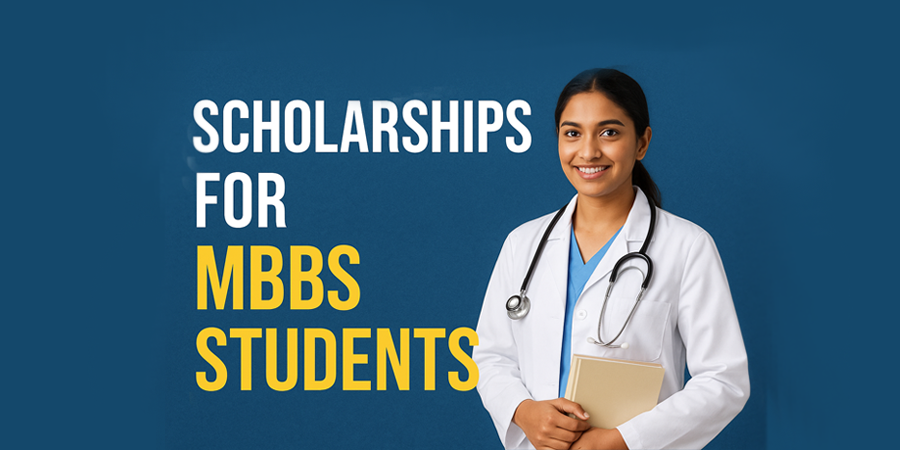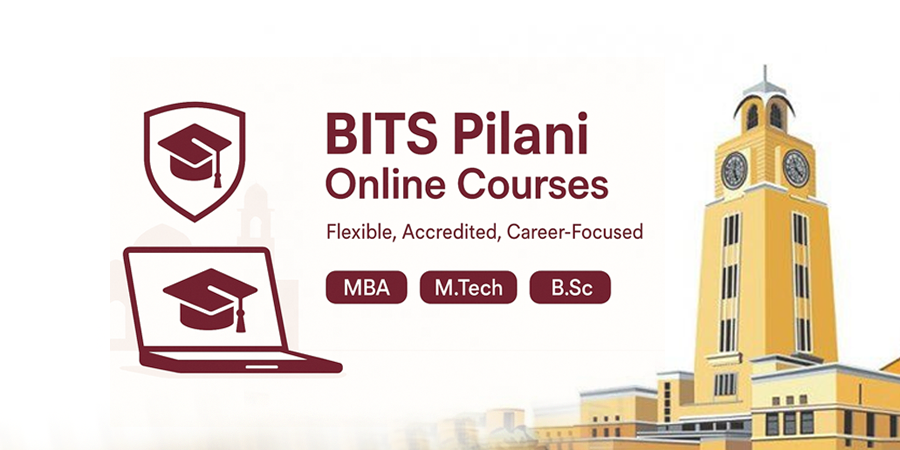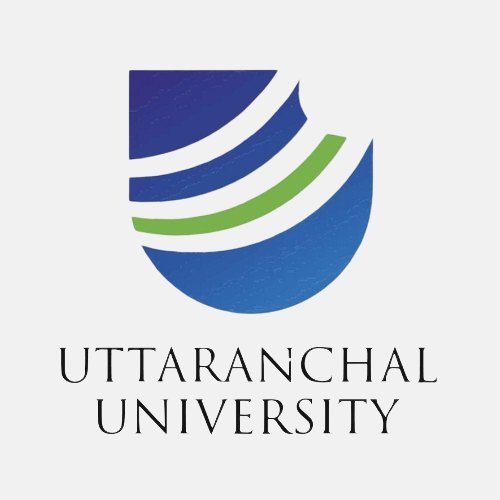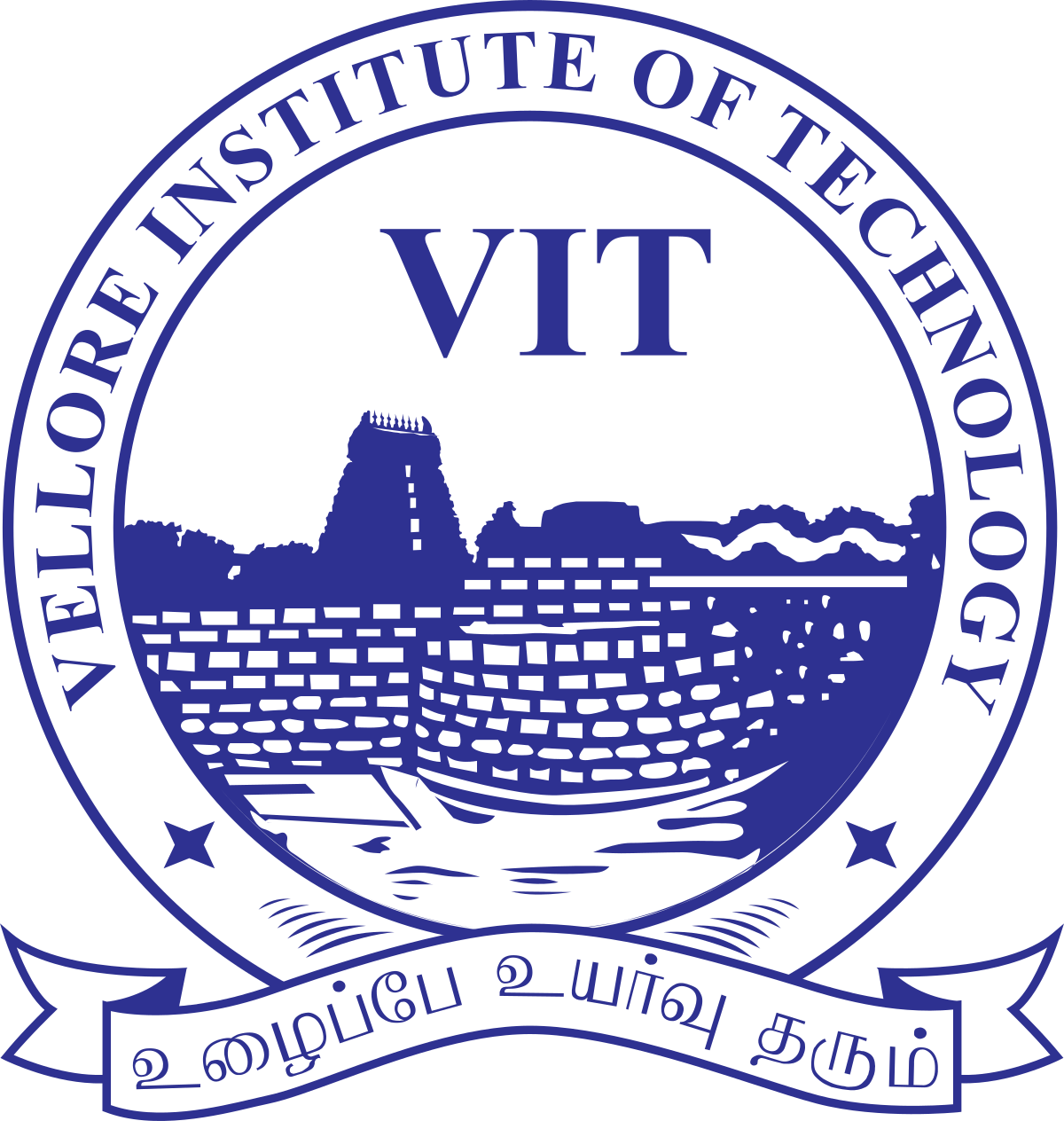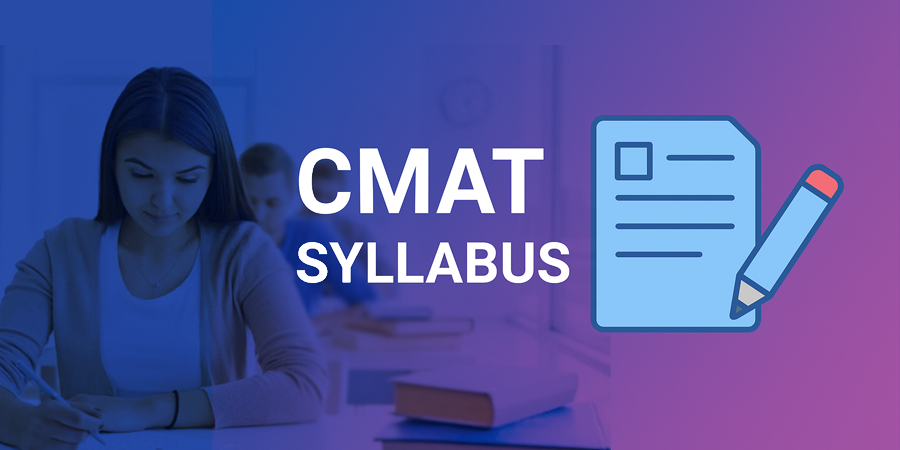CMAT, or the Common Management Admission Test, is a national-level entrance test meant for the applicants who want to get into MBA, PGDM, and other management courses across India. CMAT is administered by the National Testing Agency (NTA) to enable admission to the top management colleges of India. In contrast to extremely competitive exams, students are able to procure good marks and reserve their spots in the top-ranked management colleges that value brand name and reputation.
For more information about the CMAT Exam Syllabus 2026, let us discuss the blog and start preparing for CMAT 2026.
CMAT Syllabus and Sections 2026
The CMAT Exam syllabus for 2026 generally consists of five prominent sections: Quantitative Techniques & Data Interpretation, Logical Reasoning, Language Comprehension, General Awareness, and Innovation & Entrepreneurship. The CMAT Exam Syllabus 2026 is likely to see the same pattern as last year.
Sections | No. of Questions | Total Marks |
Quantitative Techniques & Data Interpretation | 20 | 80 |
Logical Reasoning | 20 | 80 |
Language Comprehension | 20 | 80 |
General Awareness | 20 | 80 |
Innovation & Entrepreneurship | 20 | 80 |
Total | 100 | 400 |
Important topics on the CMAT Syllabus:
The CMAT Exam syllabus has five sections covering the key topics mentioned below.
- Quantitative Techniques & Data Interpretation: The Quantitative Techniques and Data Interpretation is mainly focused on Arithmetic (covering Percentages, Profit and Loss, Time and Work, Time-Speed-Distance, Ratio and Proportion, Simple and Compound Interest), Algebra, Geometry and Mensuration, and Modern Mathematics, among others.
- Logical Reasoning: The logical reasoning primarily concentrates on the subjects of Series (both Number and Letter Series), Coding-Decoding, Blood Relations, Directions and Distance, Linear and Circular Arrangements, Statement–Assumption, Conclusion, and Course of Action, as well as Analytical Reasoning and Puzzles for the CMAT Exam.
- Language Comprehension: Language comprehension questions are taken from Reading Comprehension, which consists of both long and short passages. Vocabulary sections involve synonyms, antonyms, and one-word replacements, along with grammar and sentence correction.
- General Awareness: The syllabus of the CMAT exam covers general awareness, which consists of particular topics like Current Affairs (both National and International), History, Geography, Science and Technology, and the Indian Economy, Polity, and Constitution.
- Innovation & Entrepreneurship: Innovation and entrepreneurship are also focused on by CMAT, covering major subjects like the Concepts of Innovation & Creativity, the Entrepreneurial Process, and the Start-up Ecosystem.
CMAT Syllabus – Sections and major topics
The Common Management Admission Test (CMAT) consists of five main sections that discuss major topics. Here below is a brief overview of every section of the CMAT exam syllabus, which will give you a brief idea about the content of the exam.
CMAT Exam Syllabus for Logical Reasoning
The CMAT exam syllabus contains a logical section to test the candidates’ logical reasoning skills for problem-solving and to make them better decision-makers. Also, it focuses on verbal reasoning and non-verbal reasoning in the syllabus.
Logical Reasoning | ||
Analytical Reasoning | Verbal Reasoning | Non-Verbal Reasoning |
Linear Arrangements Circular Arrangements Matrix Arrangements Blood Relationship Coding and decoding Numerical puzzles Number and Alphabet Series Direction and Distance Analogy Order and Ranking | Syllogism Course of Action Inference Statement Assumptions Statements and Conclusion Statements and Arguments Cause and Effects Strong and Weak arguments | Visual Reasonin |
CMAT Exam Syllabus for Quantitative Techniques and Data Interpretation
The quantitative and data interpretation part of the CMAT Exam syllabus intends to assess the mathematical and analytical skills of applicants. On average, this section places a heavy focus on speed, accuracy, and problem-solving.
A list of the major topics covered in quantitative and data interpretation is given below, such as Arithmetic (Percentages, Time & Work, Ratio, Interest), Algebra (Equations, Logarithms), Geometry & Mensuration, Number System, Probability, and Data Interpretation (Graphs, Tables, Charts).
| Quantitative Techniques and Data Interpretation | |||||
| Arithmetic | Algebra | Number System | Modern Maths | Geometry and Mensuration | Data Interpretation |
| Time and WorkPercentagesSimple Interest and Compound InterestAveragesMixtures and AllegationsSpeed, Time, and DistanceRatios and ProportionProfit, Loss, and DiscountUnitary Method | LogarithmsProgressionLinear EquationsQuadratic EquationsInequalities | HCF and LCMIndices and surdsRemaindersLast Digit | Set TheoryPermutation and CombinationProbability | Coordinate Geometry2-D and 3-D MensurationLines and AnglesTrianglesCirclesPolygonsTrigonometry | Caselet-based dataTablesLine graphsBar graphsStacked chartsPie charts |
CMAT Exam Syllabus for Language Comprehension
The language understanding portion of the syllabus of CMAT Exam 2026 is more or less designed to measure the candidate’s English proficiency.
It focuses on vocabulary, grammar, and reading comprehension-type questions with the purpose of enhancing language understanding skills. The list of topics included in the CMAT exam syllabus is presented hereafter:
The CMAT 2026 syllabus includes the following topics on language and comprehension:
- Synonyms and Antonyms
- Reading Comprehension
- Grammar/Vocabulary based fill in the blanks
- Error Spotting
- English usage errors
- one-word substitution
- Idioms and phrases
- Sentence correction
- Para jumbles
- Foreign language words used in English
CMAT Exam Syllabus for Innovation and Entrepreneurship
The CMAT Exam syllabus covers the main topics of entrepreneurship and innovation to gauge the entrepreneurial skills of the students. The syllabus includes 20 questions, with a total of 80 marks. The following is a list of the relevant topics.
The CMAT Innovation and Entrepreneurship section:
- Entrepreneur- Definition, Types
- Concepts of Innovation
- Innovation Framework
- Theories of Entrepreneurship
- Entrepreneurship Challenges
- Types of Entrepreneurs
- Role of the Government in Promoting Entrepreneurship
- The legal structure of start-ups
- Marketing and growth strategy
- Funding of start-ups
CMAT Exam Syllabus for GK
CMAT Exam syllabus also contains a General Awareness (GK) section that is intended to test candidates’ current affairs and static (GK) knowledge.
This section has 20 questions related to recent events and it is general knowledge. Candidates need to keep themselves updated with current affairs and static (GK) in order to clear the CMAT Exam. Below is important topics which is based on Current affairs and static (GK)
Current Affairs
- National & International Events
- Government Schemes, Appointments
- Awards, Sports, Business, and Economy
- Science and Technology
Static GK
- Indian History
- Geography, Polity, Constitution, Economy
- Science & Technology
- Environment and Culture
CMAT 2026 Exam Pattern:
The CMAT 2026 contains a standardized test format with 100 questions for a total of 400 marks. This is administered as a computer-based test. CMAT framework tends to evaluate candidates’ skills in numerical ability, reasoning, language skill, general awareness, and entrepreneurial insight.
CMAT Exam Structure | Highlights |
Number of sections | 5
|
Mode of examination | Online (Computer Based Test) |
Duration of exam | 180 minutes |
Total Number of questions | 100 (20 questions per section) |
Total Marks | 400 |
Number of answer choices | 5 |
CMAT Marking scheme | +4 marks for every correct answer -1 mark for every incorrect answer 0 marks for questions not attempted |
Changes in CMAT Exam Syllabus
- The innovation and entrepreneurship section was not mandatory in the 2021 CMAT Exam syllabus but has now been introduced as a mandatory section in 2022.
- The current trend of the CMAT Exam syllabus is to have 100 questions, with 20 questions in each section, and the available marks is 400. It is conducted by computer-based test.
- Although the sections do not change, the official notification states no major topic-wise changes are expected in CMAT 2026.
Tips and Strategies to Prepare for CMAT Exam Syllabus 2026
Applicants who want to prepare for the CMAT Exam 2026 need to grasp the syllabus concepts and start with the five sections discussed in the blog, namely Quantitative Techniques & Data Interpretation, Logical Reasoning, Language Comprehension, General Awareness, and Innovation & Entrepreneurship.
Candidates must go through last year’s papers, keep themselves updated with current affairs and news, and practice mock tests every day in order to enhance their performance. Constant practice, thorough revision, and a strong foundation are the key factors to score high in CMAT 2026.
Related blog: CMAT vs MAT: Which Is Better in 2025?
Final Thoughts
Candidates who want to secure admission at India’s top colleges for MBA and PGDM management programs must opt for the Common Management Admission Test (CMAT) as a highly feasible option. With a well-specified syllabus and an evenly structured examination pattern, systematic preparation with a proper strategy can help you score a high percentile.
Frequently Asked Questions
1. Who is eligible to apply for CMAT 2026?
Ans. Graduates of any discipline can apply for the CMAT exam in 2026.
2. What is CMAT?
Ans.CMAT stands for the (Common Management Admission Test), which is organized by the NTA for admission to management courses.
3. Is there any change in the syllabus of CMAT for 2026?
Ans. Yes, the Innovation and Entrepreneurship is compulsory now.
4. How many times is CMAT held in a year?
Ans. MAT is held once in a year, typically between April and May.
5. Is the CMAT Exam syllabus and CAT syllabus is same?
Ans. No, the CMAT and CAT exam syllabus is not same.




